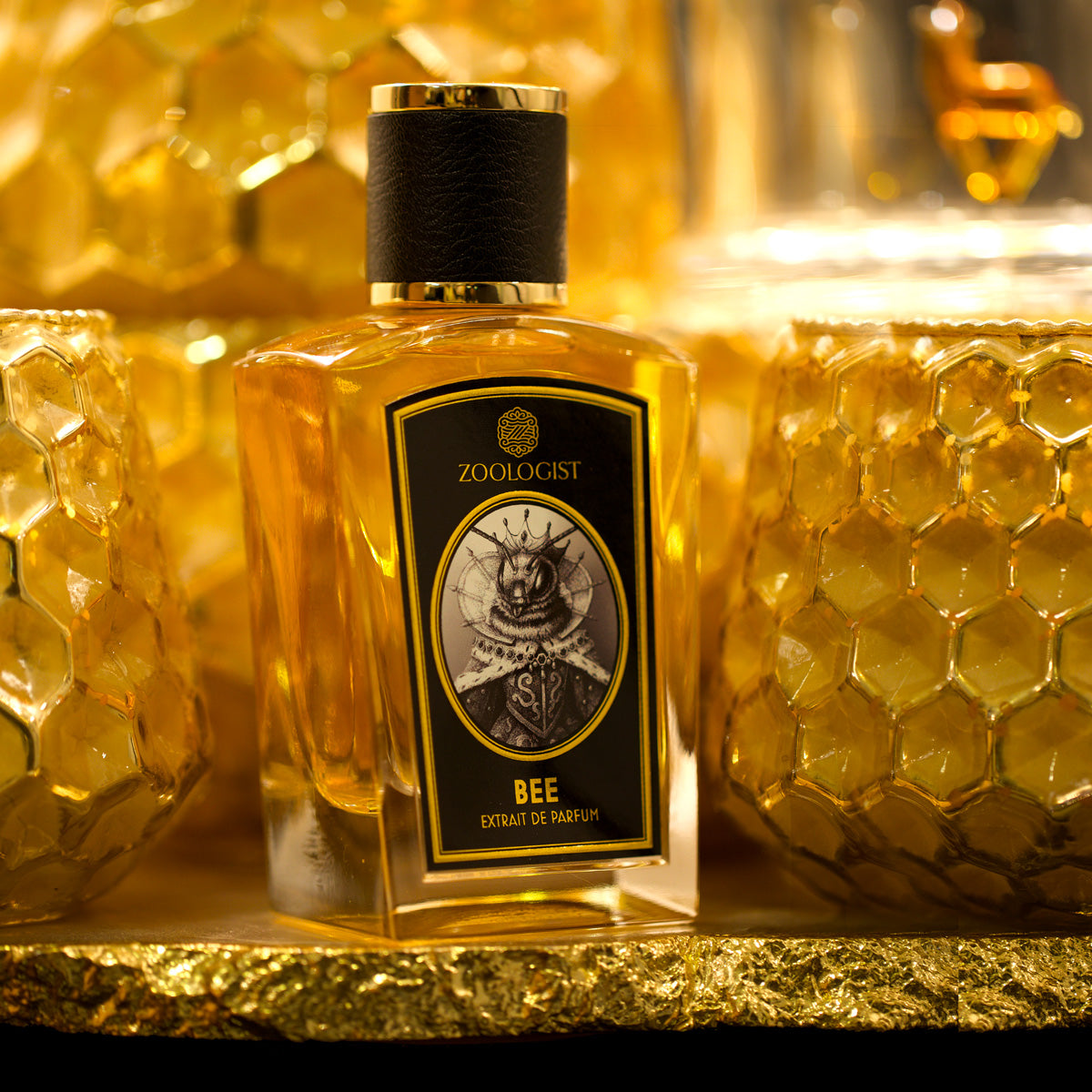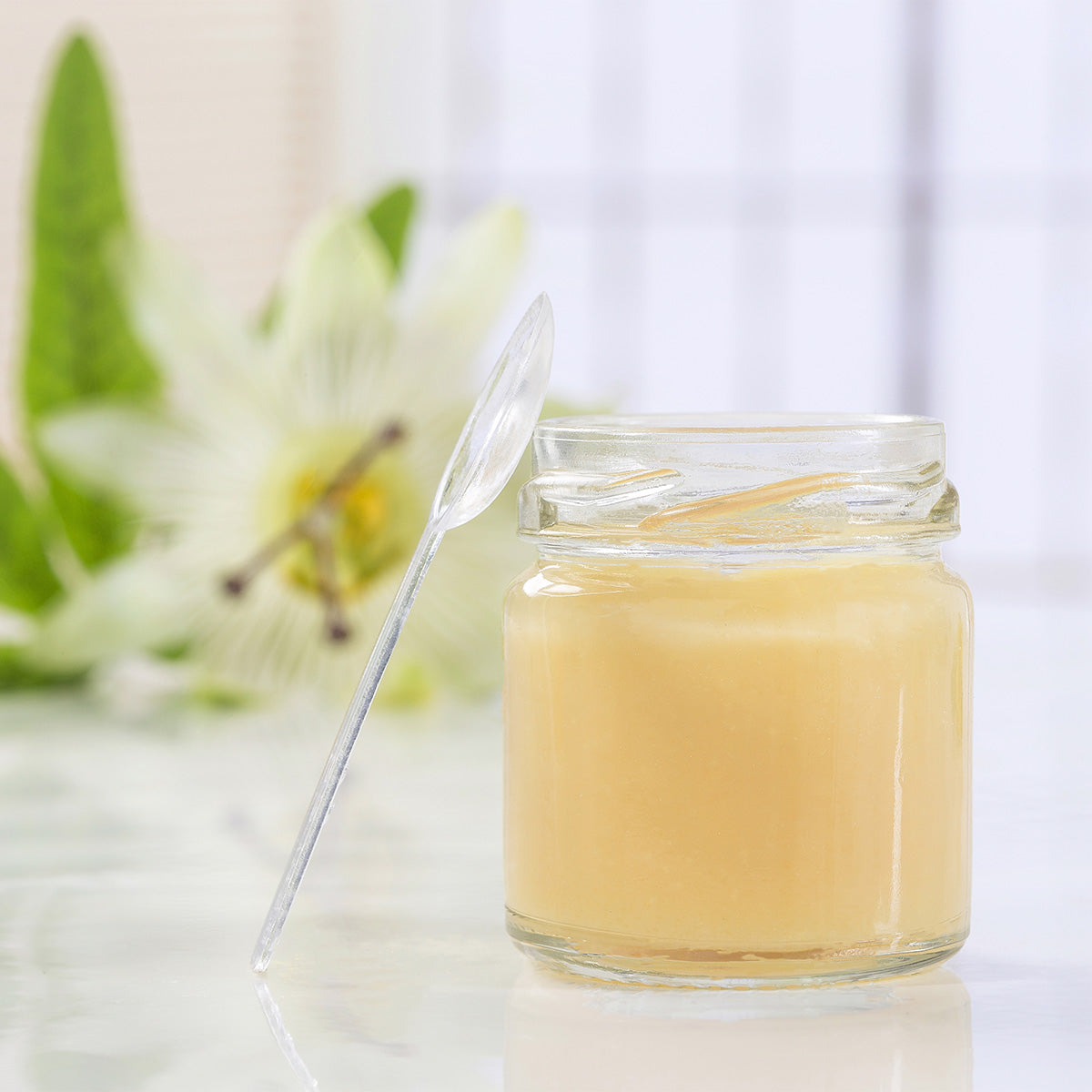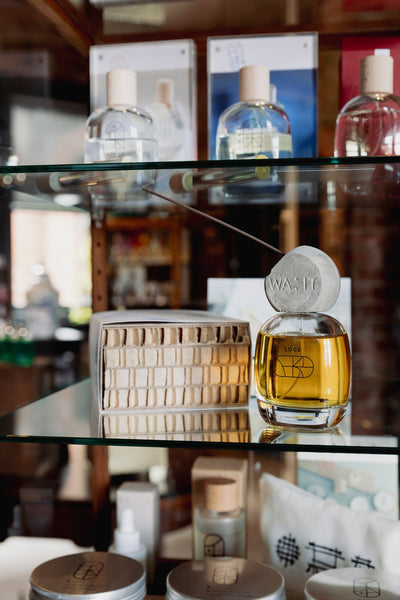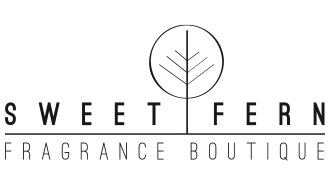An Inteview with Cristiano Canali, the Perfumer of Zoologist ''Bee'' Interview conducted by Owner of Zoologist Victor Wong
February 24, 2020

Hi Cristiano, could you tell us about yourself?
Hello everybody. My name is Cristiano Canali. I was born in Italy, and I work in the perfumery industry.
You have a Masters degree in Pharmacy, and I imagine it required a lot of hard work and dedication to achieve that academic level. But now you are a perfumer. When did you have a change of mind? Did you find foregoing all the effort and years of study a big struggle and still worth it?
The high schools in Italy do not challenge you to choose the path needed to achieve the job you dream of. Most likely you find yourself after the diploma still building a plan. Following my family heritage and being gifted with scientific subjects, medical studies were the logical way for me. I chose pharmacy, like my grandfather did. The five years of university went well, and I discussed Ayurvedic products (the traditional Hindu system of medicine) in my final thesis, since I have been always attracted by plants’ properties. Thanks to those studies, during a trip to the south of India, I got in contact with some local producers of sandalwood oil who were supplying the perfumery industry. This initiated my curiosity in the art and science behind the scents. This is how, after some years of work, I decided to attend the prestigious ISIPCA school in Versailles to perfect my preparation and push me into the fragrant world of perfumery.
You once told me that you were ‘old’ when you started your perfumery career. I thought that was ridiculous. But why did you think that? Have you changed your perception since then?
More than old – I was already experienced and exposed to working habits, so it was challenging to get back to school, restart from scratch and leave behind a secure career and life. But the urge to express myself was too strong. Also, the connections between pharmacy and perfumery are many: both utilize formulas to find ideal solutions. Chemistry and botanical ingredients are my daily bread. Both involve glassware, pipettes, and balances to produce and fabricate; clients and their satisfaction are key in order to deliver the expected product; and, last but not least, developed sales skills are required in order to be successful. As you can see, there are many parallels. Overall, pharmacy taught me how to cure the body. Perfumery is teaching me how to heal the soul.

You are now working at Argeville. Could you tell us a little about the company and your work there? What is your goal as a perfumer?
It’s been one year since I joined Argeville, a leading company in the south of France. The region is well known for its moderate climate all year, for its beautiful nature all around, and as the womb and historical center of the perfumery industry. Argeville is a dynamic company founded in 1921 and owned since the '80s by the same family. It has a clear goal of global excellence, and to offer solutions in fragrances, flavors, and a well-esteemed natural extracts palette to a wide portfolio of clients. We have different facilities around the globe and a pool of talented individuals that together form the strength of this company. My daily job is to understand clients’ needs and translate them into fragrances, both in a creative and technical way. Our evaluation team supports perfumers to achieve these tasks and is the link between creatives and the sales team that interacts with the clients and deals with the commercial strategy. My goal is to evolve in my role as perfumer, diversify my efforts by becoming more prolific, intensify my presence in the market and, more than everything, bring new creative challenges to a wider pool of aficionados. I love my job because I learn and improve on a daily basis.

Zoologist Bee is the fourth officially credited perfume designed by you. That might not be a lot, but on the Internet I have encountered much praise from fans of your work who say they love your work and style. Are you aware of your own style? Can you describe it?
I take every opportunity to explore synergies and contrasts between ingredients and work them into new olfactive ideas. My creative drive comes from nature itself, which already offers all the answers in a minimalistic complexity. It's for us to just grasp the meaning. I like to invest time in the briefing proposed, to know the designers better, smelling their actual line, and understanding where they want to go. I focus my attention on perceptions and intuitions, silage and intimacy, simplification and faceting. Another benefit comes from supporting Osmotheque, the only museum of liquid perfumes in the world, where I have been exposed to iconic fragrances and forgotten gems of the past that allow me to understand the archetypes and the most unconventional creations in history. On top of that, I am not afraid stepping out from the actual market trends that I constantly analyze. I try to seduce the most exigent noses with unconventional fragrances and satisfy consumers’ expectations. Still, I think it is early to talk about a personal signature: it is more a graphism, or a beginning of calligraphy.
What are some of your favorite perfumes and why? Do you have a favorite perfumer(s)?
Having spent many years working in Paris, where the pulsating heart of the industry beats, I had the privilege to get in contact with the greatest masters as a daily source of knowledge. From them I have learned different creative approaches, aesthetics and signatures. There is no doubt that thanks to them I kept my motivation and passion high during those years. I have great regard for Carlos Benaim, Dominique Ropion, Anne Flipo, Sophie Labe, Bruno Jovanovich, Christopher Sheldrake, Olivier Cresp, Alberto Morillas, Sonia Constant, Marie Salamagne, Pierre Bouron, Michel Almairac, Jerome Epinette, Jean-Louis Sieuzac, Fabrice Pellegrin, Aurelian Guichard, Daniela Andrier, Alienor Massenet, Veronique Nyberg, Nicolas Beaulieu, Julien Rasquinet and some others. Those people are shaping the market and driving us into a new age of perfumery.
My overall most-appreciated fragrances include: Aprée l'Ondee by Guerlain; Tabac Blond by Caron; Femme by Rochas; Opium by YSL; Fumerie Turque by Serge Lutens; and Une Fleur de Cassie by Frederic Malle.
I remember after you showed interest in designing a scent for Zoologist, we spent some time deciding which animal to base the perfume on. Your first suggestion was “Toad”, which I thought was not a very marketable perfume title…
It was a fun process to think of the animal you find the deepest connection with. Out of the various options, my attention was captured by toad. I find them cute, with those big eyes, their funny way to move on land, and their long hibernation time during winters; with their permeable skin, they are an index of environmental status, and when they are in groups they create great symphonies during the summertime. Also, they might have magical powers and hide a prince behind their uncertain look.
Later, I asked you what your favorite perfumery ingredients were, and one of them was beeswax. I thought that was something Zoologist had not explored yet.
Among my favorite natural ingredients, sandalwood has a special place for me: it is a fragrance itself and is my personal link between pharmacy and perfumer. I like to work with floral notes like magnolia, cassie, orange blossoms, tuberose, jasmine and violet for the complexity and sensuality they bring in composition, no matter the gender. I also have a predilection for animal derivates such as castoreum, civet, ambergris and beeswax for their unique odor profile and warmth, even in small traces. Beeswax is uncommonly overdosed in modern fragrances.

Do you know how beeswax is collected and processed as a perfumery ingredient?
The process of harvesting the waxes from beehives is more a ritual than an industrial production. Availability is very low, and not all the companies are capable of processing this royal ingredient. I am lucky it is one of the specialties in the Argeville compendium, and our Director of Ingredients has a special affection to it, being a beekeeper himself.
The process starts with selecting the best apiculturists. We have special partnerships here in France. Then the honey is extruded by centrifuge from the frame during a period in which the bee larvae are not in their hexagon cages. The wax is then treated under solvent extraction to obtain a golden butter, lately purified with ethanol to obtain the precious absolute. The smell is warm, opulent, waxy with flowery notes and tobacco / hay undertones. It is difficult to classify it in one single family, since it has so many facets: gourmand, balsamic, spicy, flowery, nutty, leathery, fruity... pure magic.

I suggested to you that it would be fascinating if Bee could take the wearer on an olfaction journey from a bee’s perspective – from leaving the claustrophobic beehive, to collecting nectar from flowers, and returning to the hive to deposit the goods. Do you think you have succeeded with Bee?
Bees themselves are amazing: they are so efficient, they fly all over, unstoppably searching, they delicately bathe in the flowers, providing pollination and hybridization, and magically they know how to go back to their hive to produce the honey and work as a collective to proliferate and survive in service of their queen. She was my inspiration. Once awakened, somehow she is selected among the others’ larvae. The noise is buzzy, light is low, temperature high; she is fed with royal jelly to promote abnormal growth and miraculous health; once ready to leave the small cell, she is constantly followed and supported by her sisters exploring her castle; after some time she is ready for flight and to explore her flowery and infinite kingdom, ready to start a new colony with a bunch of devoted followers. I find all of this poetic, charming, and nostalgic.

Could you tell us some of the ingredients that you have chosen, and their effects in the perfume? What is the “royal jelly accord” in Bee?
The royal jelly accord is the core of the fragrance. It has been the natural choice as the key ingredient to start developing the fragrance. Beeswax is the main component. This accord is perceivable vertically in the composition, to recreate this disorienting sound of wings flapping reverberating within the comb. I used in top notes an orange concentrated, an in-house specialty that captures the very essence of sweet orange. Also, a ginger syrup accord completes this fizzy citrus short opening. Of course, we wanted to adorn these magical ingredients with the most honey-dripping flowers like broom, an endemic bush typical from Italy, orange blossoms with their inebriating smell, and some other pollen-rich flowers such as Mimosa from France and Heliotrope. The bottom notes go into a comforting musky powdery atmosphere somehow, like when a bee flies over multicolored meadows: sandalwood brings creaminess and texture, benzoin kicks in a subtle smokey note that contrasts with the tenderness of vanilla, and labdanum gives this final warmth.
Many people have wondered if real honey is used in Zoologist Bee. Can real honey be used in a perfume? Why not? And what did you use to create the virtual smell of honey?
Personally, I have never smelled a perfumery-grade honey derivate, but I am sure you can find some small productions. Honey itself exists in so many different qualities like chestnut, acacia, lavender, rosemary, eucalyptus, pine, and others that it would be too much of a restriction. Sincerely, I was not really interested in using this ingredient, but more in recreating an atmosphere that could embrace the circle of life of those incomparable drones. Enchanting this kaleidoscopic beeswax absolute with some of the most precious flower extracts, we recreated a honey atmosphere without being overly sweet or sticky, overly flowery or waxy, but finding a harmony among all these qualities.
What is next for you? Do you want to create another scent for Zoologist? If so, what kind of scent would that be?
I am very glad I had the possibility to work with Zoologist and you Victor. For sure I would love to extend our collaboration, if there might be the occasion. Bee is a very direct and figurative-realistic fragrance, so in the future I would prefer to interpret a more conceptual animal, one that is dominating his environment and has been in the symbology of human legend since the dawn of time.
Also in Blog

Sweet Fern catches up with Raffaella Grisa, Founder of WA:IT - August 2025
How do you want people to feel when they wear WA:IT?
"Seen. Safe. Reconnected. I want them to feel like they are embracing themselves, fully and gently. WA:IT is not about seduction or trend. It’s about alignment. It’s about wearing something that resonates with your soul—not just your skin."


Carlyn Mobbs
Author